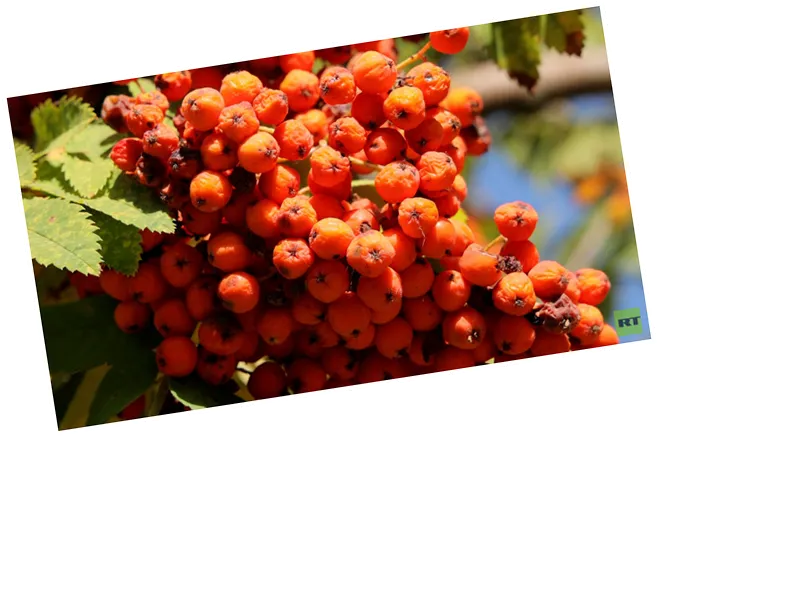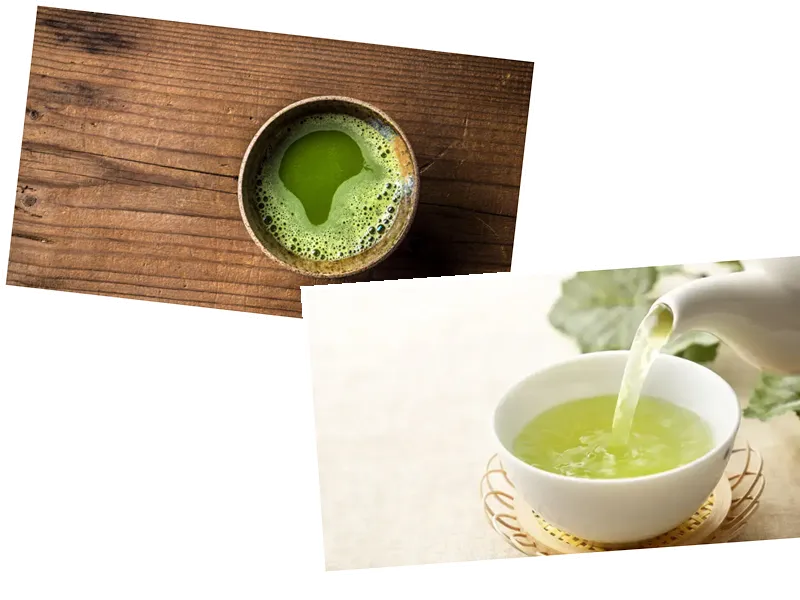Discover the Snail Sowing Method and Extend Your Pepper Harvest
Gardening enthusiasts are always on the lookout for innovative techniques to enhance their planting and harvesting experiences. One such method gaining popularity is the snail sowing technique, which allows gardeners to start their seedlings without the need for traditional pots. This eco-friendly and economical approach not only saves space but also ensures optimal growth conditions for your plants.
The Importance of Sowing Seeds
Sowing seeds is a crucial step for any gardener aiming to cultivate crops from seeds. By starting your seedlings indoors or under cover, you create favorable conditions that promote healthy growth. Typically, this process involves planting seeds in a light substrate, like specialized seedling soil, to encourage germination. The ideal time for sowing is late winter or early spring, allowing for strong plants ready for transplanting after the last frost.
What is the Snail Sowing Technique?
The snail sowing technique, named for its rolled-up fabric or plastic strips resembling a snail shell, offers a compact and organized space for your seeds. This method not only conserves space but also allows for better hydration control. The roots of the seedlings benefit from the moisture retained in the rolled potting soil, preventing overwatering while ensuring even moisture distribution. This technique is perfect for gardeners with limited pots or those seeking a more sustainable gardening method.
How to Implement the Snail Sowing Technique
To get started with snail sowing, gather soft fabric materials like old curtains, foam wrap, or plastic bags. Follow these simple steps: 1. Cut the material into long strips and spread a thin layer of seed compost along each strip. 2. Moisten the compost lightly to help it adhere better. 3. Roll the strip tightly, securing it with a string to maintain its shape. 4. Place seeds on the exposed soil at regular intervals. 5. Set the rolled strip in a cup of water, allowing capillary action to keep the soil moist without direct watering.
Harvesting Green Peppers: From Green to Ripe
In addition to innovative sowing methods, understanding how to harvest and ripen peppers is essential for any gardener. While green peppers are edible, they are unripe and can be harvested from July to October. To enjoy the sweet flavors of ripe peppers, gardeners can dig up the plants in late autumn and bring them indoors at about 20 degrees Celsius. With regular watering, the peppers will ripen to their vibrant red or yellow colors in two to three weeks.
Preserving Your Harvest
If you have a bountiful harvest of peppers, consider preserving them by pickling, freezing, or making chutneys. Smaller chilies can be dried for long-term storage. By mastering both the snail sowing technique and the art of harvesting, gardeners can enjoy a fruitful gardening season year-round.





